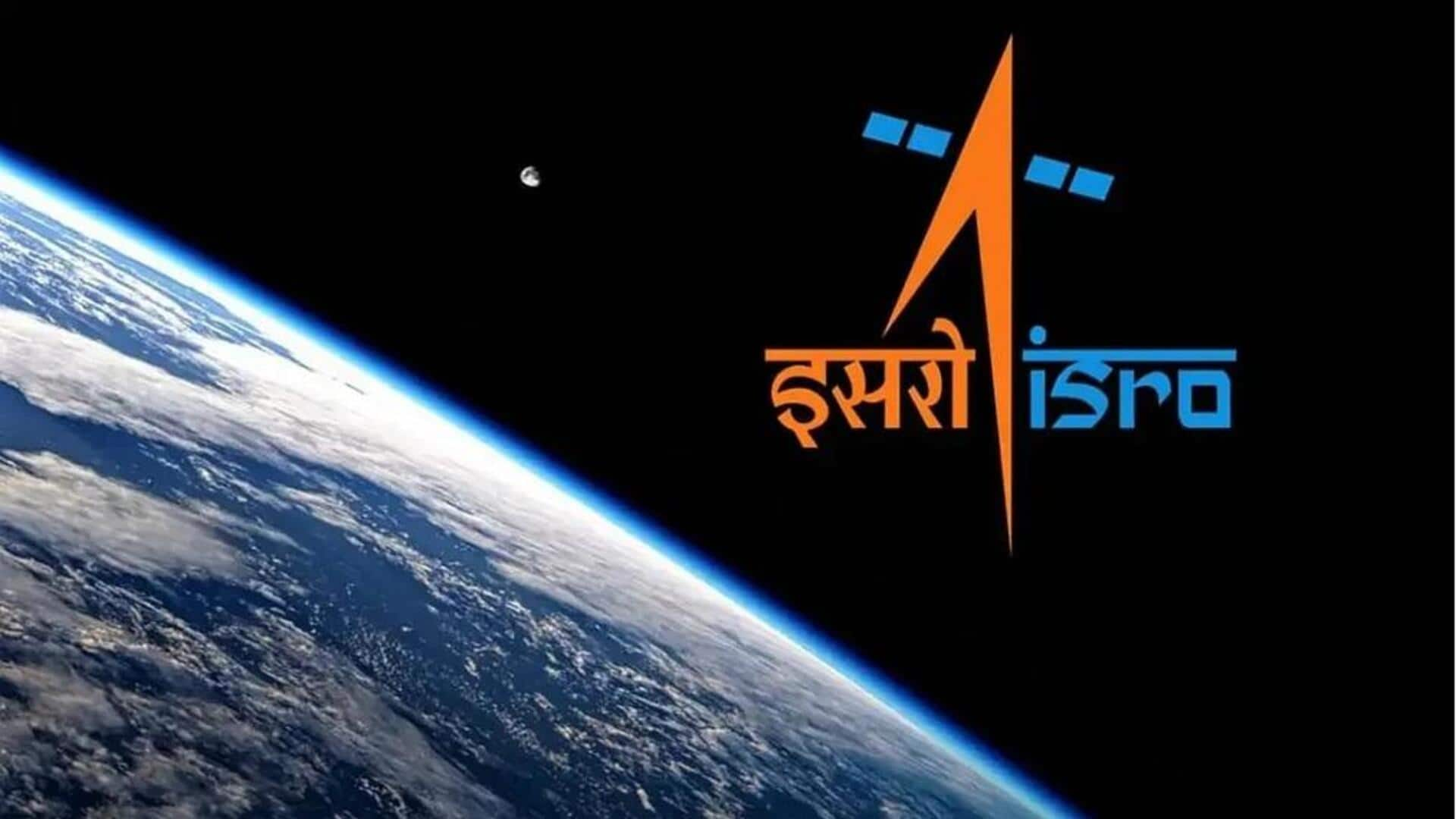
ISRO's next mission will dock satellites in an elliptical orbit
What's the story
The Indian Space Research Organisation (ISRO) is gearing up for its second SpaDeX mission, a critical step in the country's space exploration journey. This time, the focus will be on docking two satellites in an elliptical orbit. The first SpaDeX mission was a success, with two 220kg satellites successfully docking in a circular orbit at an altitude of 470km.
Mission details
A look at the 1st SpaDeX mission
The inaugural SpaDeX mission, which took place on January 16, saw the two satellites drifting apart after a slight relative velocity was introduced. They were then brought together progressively until they docked successfully. The experiment also showed power sharing between the satellites and their ability to receive commands as a single unit. This made India only the fourth country in the world to demonstrate in-space docking capabilities after US, Russia, and China.
Complexity
Docking in elliptical orbit more challenging
The upcoming SpaDeX-2 mission will be even more challenging as it involves docking in an elliptical orbit. This is because the trajectory and velocity of the satellites keep changing in an elliptical orbit, making the calculations done for one point irrelevant after a few minutes. "Docking in a circular orbit is much easier than docking in an elliptical orbit," a scientist familiar with the matter said.
Importance
SpaDeX-2 crucial for Chandrayaan-4
The SpaDeX-2 mission is expected to be crucial for future ISRO missions, especially Chandrayaan-4. This will involve launching multiple modules separately and docking/undocking them in both Earth and lunar orbits. For Moon missions, ISRO usually launches the spacecraft into an elliptical Earth orbit and gradually raises the apogee through engine burns at perigee. This process creates a slingshot trajectory toward the Moon, making docking in elliptical orbits a practical requirement for complex missions.